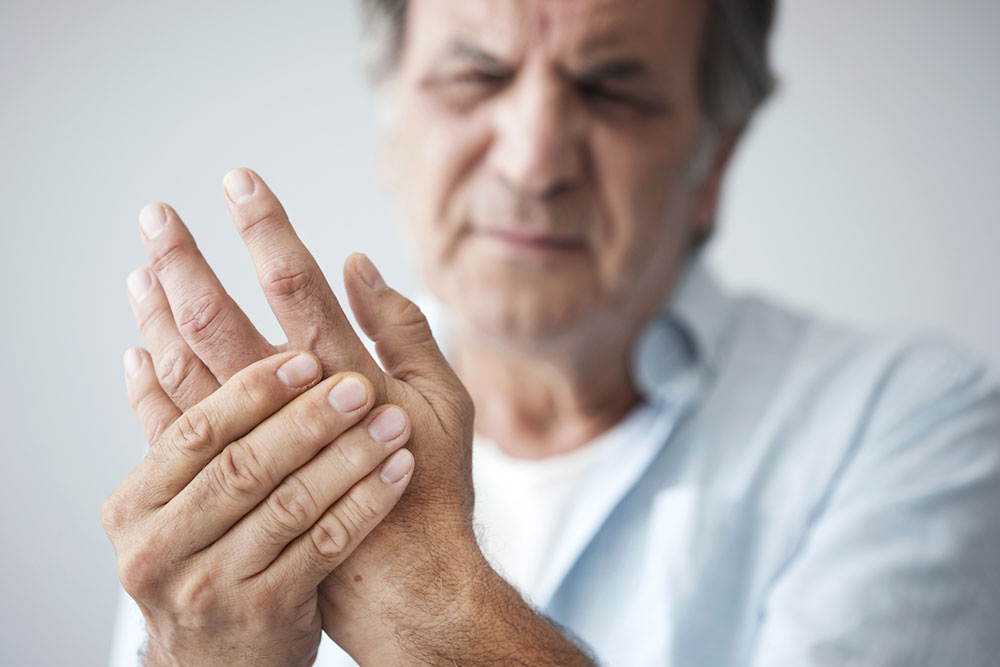
A brief overview of rheumatoid arthritis
Rheumatoid arthritis is a disease that affects the body’s immune system and, hence, it is called an autoimmune disease. The system protects the health by attacking viruses and bacteria but in this case, starts to attack the joints. This leads to the tissue inside the joint starts to thicken, which leads to pain and swelling around the joints. It makes the fluid that lubricates the inside of the joints helping them run smoothly.
Unchecked inflammation can damage the cartilage, which is the elastic tissue that covers the end of bones in a joint and also the bones. Over time, it can lead to the loss of cartilage, the space between the bones start to become smaller. The joints become painful, making mobility difficult and the joints can become loose. It can also lead to the joints becoming deformed. This cannot be reversed but it needs to be brought under control with aggressive treatment.
It affects the joints in the ankles, knees, elbows, wrists, feet, and hands. When the joints are affected it can also affect the respiratory and cardiovascular systems.
Around 1.5 million people in the country are affected and in these numbers, women are affected nearly three times more than men between the ages of 30 to 60. In men, it is later in life and if a family member is affected then it is likely you will also suffer from it.
Treatment
You need to do low-impact exercises and those that increase muscle strength. These can be walking, yoga, etc. This will improve your health overall and also lower the pressure on the joints.
Those who get treatment sooner feel better faster and lead an active life. They are also less likely to have any damage to the joints that may lead to replacement. You need the help of a rheumatologist who will treat arthritis and autoimmune disease.
Causes
Rheumatoid arthritis is an autoimmune disease through which the immune system turns on the body itself. It sends a signal of pain and inflammation to the joint. If the inflammation remains for a long time it can cause damage to the joint, which is irreversible. If the condition runs in the families than you are born with genes making you susceptible to rheumatoid arthritis.
Diagnosis
Diagnosing rheumatoid arthritis is done through a blood test, examining the organs and the joints, X-ray, and ultrasound images. There is no singular test to detect rheumatoid arthritis.
The bloodstream may contain antigens giving false positive results. A blood test is also done to detect inflammation. The symptoms of rheumatoid arthritis are very mild and hard to detect. A few viral infections symptoms can be mistaken as symptoms of rheumatoid arthritis.
Abnormal blood tests in rheumatoid arthritis include
- Anemia, low red blood cell count
- Rheumatoid factor is an antibody, or blood protein, which is found in 80% of patients with this disease; only 30% of the patients are at the start of arthritis.
- Antibodies to cyclic citrullinated peptides
- Elevated erythrocyte sedimentation rate which confirms the inflammation in the joints
- X-rays help in detecting rheumatoid arthritis
- MRI and ultrasound scanning is done to help confirm this disease




